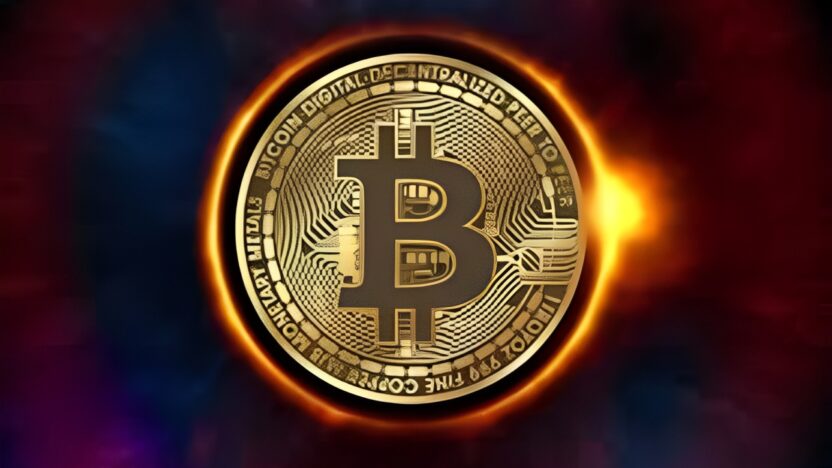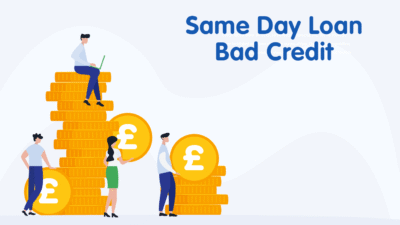In the ever-evolving landscape of decentralized finance (DeFi), one term is steadily rising above the rest: non-custodial swaps. These aren’t just another crypto buzzword — they represent a fundamental shift in how users handle, manage, and exchange digital assets. The days of giving up control to third-party custodians may soon be over, and that’s a good thing.
If you’ve hesitated to use non-custodial solutions due to security concerns or a belief that centralized systems are more “reliable,” this article is for you. Let’s break down what non-custodial swaps are, how they work, and why — contrary to popular belief — they are often the safer choice in the world of crypto.
What Are Non-Custodial Swaps?
Simply put, non-custodial swaps allow users to exchange cryptocurrencies without handing over their funds to an intermediary. Unlike centralized exchanges that hold user funds in custodial wallets, non-custodial protocols never take ownership of your crypto — you maintain full control of your private keys and assets at all times.
These swaps usually occur through smart contracts that execute predefined logic on the blockchain. Whether you’re moving tokens between wallets or swapping across blockchains, non-custodial platforms ensure that the exchange is conducted directly between wallets — securely, transparently, and without reliance on a centralized entity.
Centralized vs. Non-Custodial Swaps: The Risk Equation
To understand the safety of non-custodial swaps, we need to first understand the risks associated with centralized exchanges:
- Custodial Risk: You’re entrusting a third party with your assets. If the exchange gets hacked, shuts down, or runs into legal trouble, your funds could be frozen or lost — as many unfortunate users experienced with platforms like FTX and Mt. Gox.
- KYC and Privacy Concerns: Centralized platforms typically require users to go through identity verification, exposing sensitive personal data that could be misused or leaked.
- Withdrawal Delays: Many centralized exchanges experience downtime, transaction delays, and withdrawal limits, especially during market volatility — meaning your assets aren’t always instantly accessible.
With non-custodial swaps, these concerns are mitigated. You keep your keys, control, and privacy, and transactions are executed through blockchain protocols — not intermediaries.
But Are They Really Safe?
Yes — and here’s why:
1. You Control Your Keys
The famous saying in crypto is, “Not your keys, not your coins.” Non-custodial swaps eliminate the need to deposit your assets into a third-party wallet. Your tokens stay in your own wallet until the exact moment the swap is executed. That means even if a platform facilitating the swap were to go offline, your funds remain safe.
2. Smart Contract Transparency
Non-custodial swaps operate using open-source smart contracts. Anyone can inspect the code, verify how the swap is executed, and confirm there’s no hidden logic or backdoor access. This transparency creates a higher trust level than black-box systems run by centralized exchanges.
3. Decentralization Means Less Single Point of Failure
Centralized systems are attractive targets for hackers because they act as a vault holding millions or even billions in user assets. Non-custodial protocols, by contrast, distribute risk — there’s no centralized honeypot to breach.
4. Permissionless & Private
Non-custodial swaps are permissionless by design. There’s no need to submit documents, complete KYC, or risk surveillance. You retain your financial privacy, while still benefiting from real-time token swaps.
Cross-Chain Swaps: The New Frontier
Non-custodial swaps are not limited to single-chain ecosystems. Today, platforms like CoinoSwap empower users to perform cross-chain swaps across Ethereum, BNB Chain, Arbitrum, and other networks seamlessly.
Cross-chain functionality enhances not only convenience but security. Instead of moving assets between exchanges manually or relying on risky bridges, users can swap tokens across chains in one place — with no third-party custody involved.
This functionality is particularly valuable for yield farmers, NFT traders, and DeFi investors, who often operate on multiple chains. With CoinoSwap’s simplified interface and smart routing, cross-chain swaps are no longer a technical challenge.
Why CoinoSwap Prioritizes Safety in Swaps
At CoinoSwap, the goal is not just to enable swaps — it’s to make them secure, efficient, and privacy-respecting.
Let’s explore what sets it apart:
🔐 Non-Custodial by Default
CoinoSwap does not hold your assets — ever. All transactions take place through your connected wallet (MetaMask, WalletConnect, Coinbase Wallet, etc.). Your private keys remain yours.
🌐 Decentralized Yet User-Friendly
Many non-custodial platforms sacrifice ease of use. CoinoSwap is different. With a streamlined interface, real-time token data, and cross-chain compatibility, it removes friction from DeFi for beginners and pros alike.
⚡ Instant Swaps, Aggregated Liquidity
By acting as an instant crypto exchange aggregator, CoinoSwap connects with multiple decentralized exchanges in real-time to offer the best token swap rates. This reduces slippage and ensures efficient pricing — without users ever giving up control.
🔍 Transparent and Verifiable
The swap process is fully transparent. Users can track transaction histories, view token charts, and inspect the underlying smart contract logic.
Real-World Use Cases: Why People Prefer Non-Custodial Swaps
💱 Quick Token Swaps
Traders needing to act fast in volatile markets don’t have time to wait for exchange withdrawals or KYC verification. Non-custodial platforms like CoinoSwap offer instant swaps, saving time and frustration.
👤 Privacy Advocates
Users in restrictive regions or those valuing financial privacy choose non-custodial swaps to avoid revealing personal information unnecessarily.
💼 DeFi Power Users
Cross-chain yield farming, staking, and portfolio balancing often require fast, efficient swaps across multiple tokens and chains — exactly what CoinoSwap is built for.
Misconceptions About Non-Custodial Swaps
Despite their benefits, non-custodial swaps are often misunderstood. Let’s bust some myths:
- “They’re too technical.”
Modern platforms like CoinoSwap are designed with a clean UI. You don’t need coding skills — just connect your wallet and swap. - “There’s no support.”
While centralized exchanges often offer customer service, the CoinoSwap experience minimizes the need for support by reducing complexities, and providing clear transaction feedback on-chain. - “Non-custodial means risky.”
The truth? Giving up custody to centralized platforms is a bigger risk. With smart contracts, you have traceable, verifiable transactions and full asset control.
The Future Is Non-Custodial
The crypto space is maturing. Users are waking up to the fact that centralization contradicts the very ethos of blockchain technology. As more platforms collapse or fail users, the shift toward non-custodial infrastructure will only accelerate.
CoinoSwap represents the next evolution of decentralized utility — empowering users to swap across chains, with security, privacy, and speed. With its focus on user-first design, instant aggregation, and non-custodial integrity, it’s not just part of the future — it’s shaping it.
Conclusion
Non-custodial swaps are not only safe — they’re smart. They put power back in the hands of users, reduce third-party risk, and align with the foundational principles of cryptocurrency. Whether you’re an investor, trader, or DeFi explorer, non-custodial platforms like CoinoSwap offer a level of freedom and security that centralized platforms simply can’t match. fopr blog visit our site techblogware.



